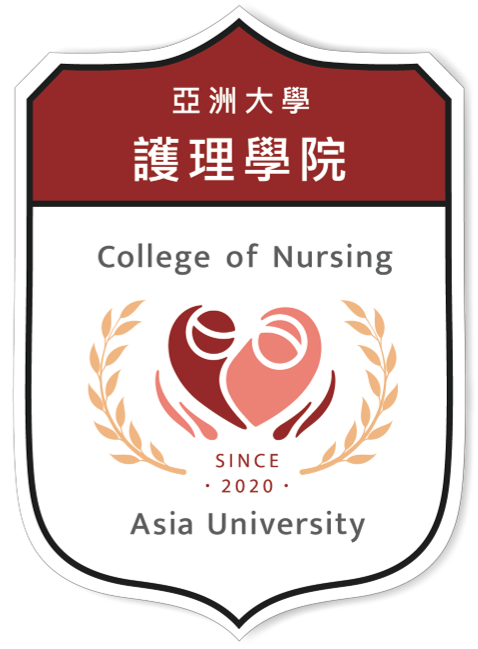View count:
3520
Features & Strengths
Features and Strengths
| 1 | Our educational goals and core capabilities are in accordance with the trend in national development, university positioning, the value of nursing professionals, and the needs of the workplace. We provide our students with a world-class opportunity to learn, lead and discover in a dynamic learning and research environment. |
| 2 | We provide the specialty courses of "Clinical Care", "Long-term Care for the Elderly" and "International Nursing" for driving students’ professional development. |
| 3 | Our faculty, who have Ph.D. degrees, teach students their leadership, practice expertise, and research abilities; who have Master’s degrees, instruct students with clinical experts together. Many are professionally engaged in community and hospital practices that ground them in the front-line health care challenges and insights of our time. |
| 4 | Asia University (AU) has united with China Medical University (CMU) to form a united university, which Is called China Asia Associated University and abbreviated as CAAU, aiming to share course, teaching, and publication resources. In addition, students’ clinical practices are mainly taken place in Asia University Hospital and China Medical University Hospital. The others are local teaching hospitals, clinics,and high-quality long-term care units. |
| 5 | The college and the College of Creative Design work together to offer Arts and Humanities courses to foster students'perception of medical humanities. We are actively engaged in developing innovative teaching and evaluation strategies, such as Problem/Project-Based learning, Team-Based learning, OSCE, Multimedia Situational Teaching, Flipped Classroom, Curriculum with USR practice. We devote ourselves to nurture the student’s critical thinking ability and foster integrated caring ability, as well as equipping students with life-long learning ability. |
| 6 | We do not only use English textbooks and slides to all lectures, but also apply English-Medium-Instruction in some classes. Our faculties are also actively engaged in international knowledge exchange that has a direct impact on student global learning. In addition, we have cooperation agreements with many universities, which are Case Western Reserve University and the University of Missouri in the United States, Inha University in Korea, the University of Western Sydney and the University of Wollongong in Australia, and UMY in Indonesia. The college has signed several studys abroad agreements for providing students opportunities to study abroad, such as Japan’s Noetsu welfare agency, Taoyuan International Airport Medical Center. |
| 7 | We provide students high-quality learning resources, such as the Primal Pictures-3D Real-Time, serial horizontal cadaver slices immersion specimen, real human bones, and Victoria™ Maternity Simulator. Teachers can use multiple resources and digital facilities to meet the learning needs and preferences of all of their students. |
| 8 | Tutorials are central to teaching at our college. Our tutoring system offers a very rare level of personalized attention from academic experts, including Campus life tutorials, academic mentoring, career consultants. As well as being a highly effective way of studying your subject, this system also helps develop many extremely useful transferable skills, including license consultants, independent thinking, confidence, and self-reliance. |
| 9 | Asia University Hospital, which is an affiliated Institutions of Asia University, makes significant contributions to the education of medical students and with medical research. The hospital offers our level 3 and 4 students’ scholarships about NTD. 120,000 to 250,000 per year. These scholarships are designed especially for those who intend to work as nurses. After graduation, the students can also be employed in the Hospitals, which have a Cooperation Agreement with us. |
| 10 | Besides teaching in the academy, our faculties actively develop academic research grant proposals. They also tutor our students to apply MOST Research Grant for University Students. We obtain the most amount of the grant than other universities in Taiwan during 2016~2018. In addition, our faculties devoted a greater percentage of time to research and actively take part in a number of academic conferences for knowledge exchange. The faculty with a Ph.D. degree published at least one article in refereed journals, SCI or SSCI, per year. |

